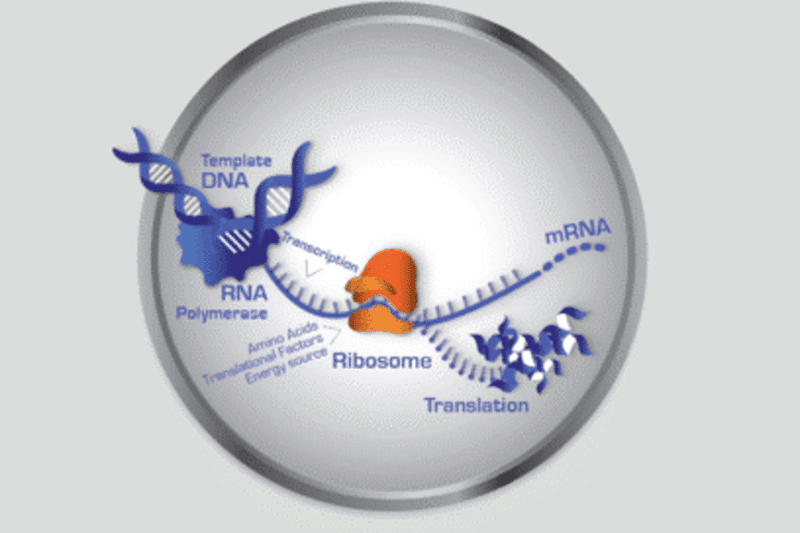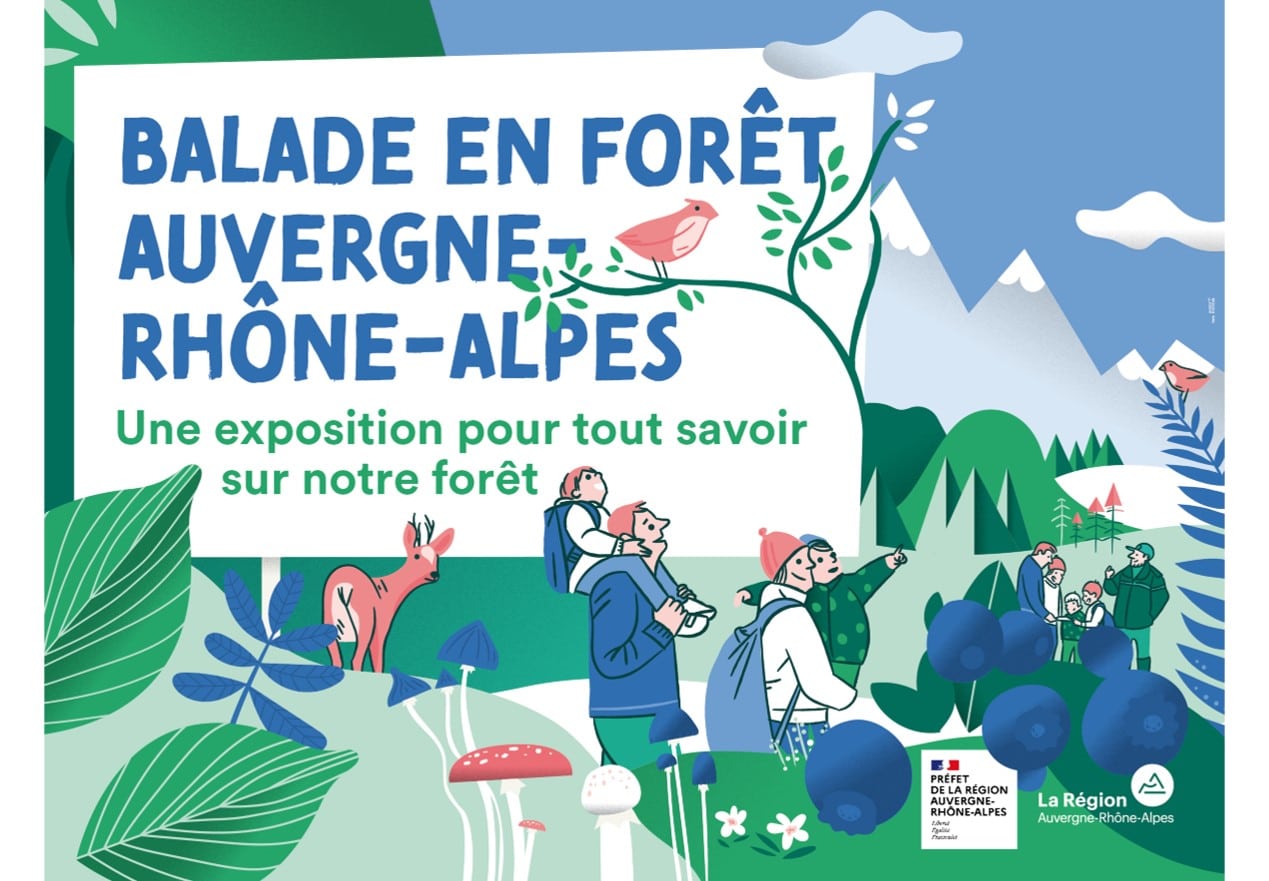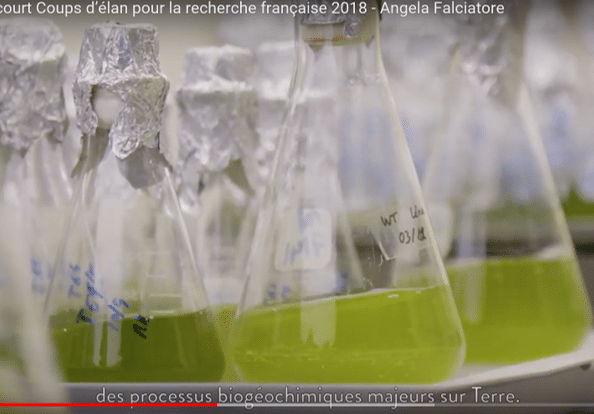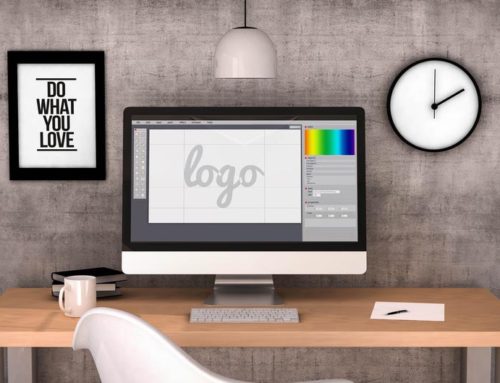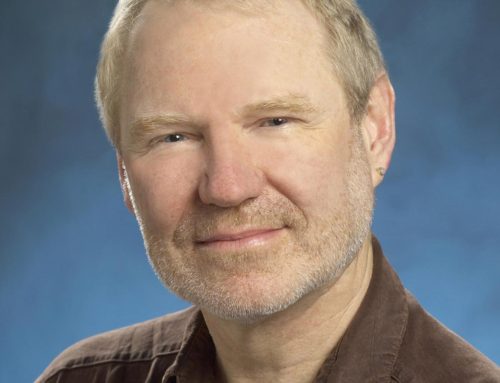Science illustration:
schematics and drawings
Science feeds on images. Like the sketches of flying machines by Leonardo da Vinci, they help scientists give substance to their ideas and report on their work. Science communication uses these images and produces new ones since they provide an excellent tool for scientists to connect with their audience. Among the various forms of science illustration, Agent Majeur reports on the use of schematics and drawings.
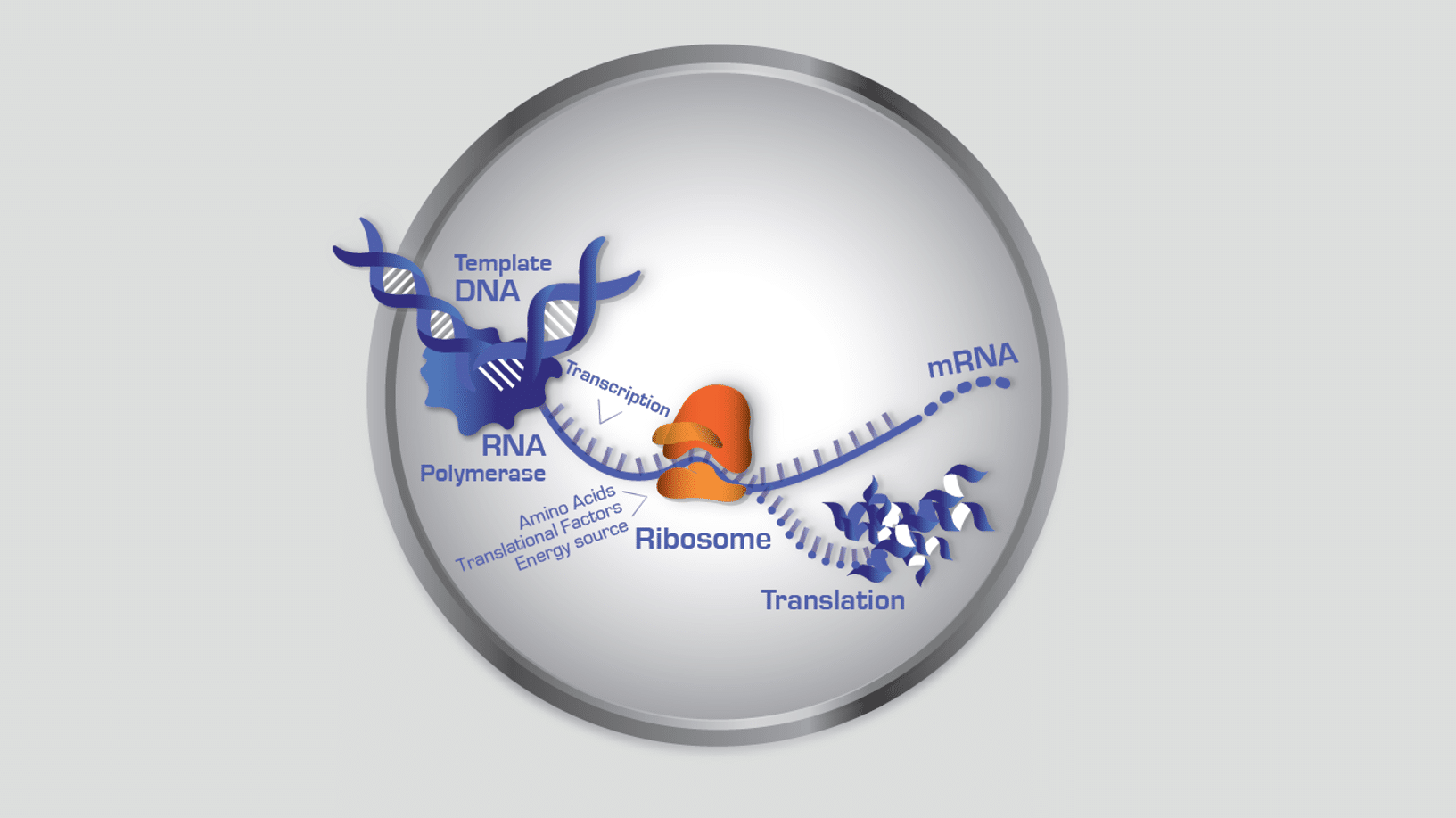
Images draw attention, awaken interest, and make things clear. They are objects on our scale that are able to represent the infinitely big and the infinitely small, and show us the past, present and future. Science communication mainly uses three types of images:
– Photos and videos, evidence of past or present reality;
– Tables and charts, representing quantities or values;
– Drawings and schematics, representing events or items.
In this article on science illustration, we will focus on drawings and schematics.
Showing the invisible
Drawings focus on accurately reproducing the shape of an object. Often done with a pencil, they are used to represent fauna and flora. Schematics provide more freedom since they represent things that are inaccessible in space or time, even phenomena that do not yet exist. They show specific perspectives (e.g. a cross-section) and they offer the possibility to highlight or dim elements according to their importance.
Displaying the interior of a device
The best way to show the inside of an object, such as a building, is to use a schematic drawing. The illustration at the beginning of the article was made for Synthelis, a biotechnology company specialized in cell-free protein synthesis. This process consists in simulating the inside of a cell in a test tube in order to synthesize proteins from a DNA sequence. The schematic drawing above thus represents an environment too small to be seen by the naked eye. This stylized illustration makes it possible to understand it.
Ilustrating the steps of a process
The steps of a process can be represented by a sequence of still images or a moving image. The illustration below represents a patented device to recharge an electric vehicle (FR 2991828 patent). In this case, we chose a left to right composition: on the left, the overall charging process and on the right are the details on how the patented device works.
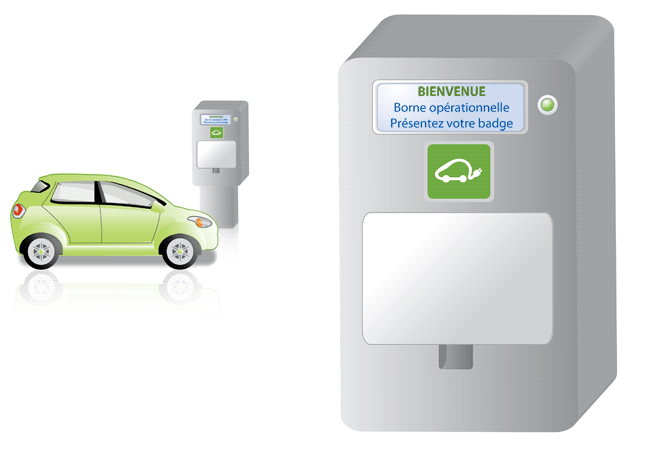
Electric vehicle recharge patented device. © EDF 2014
Promoting yourself on social networks
Using images in your publications also makes them more likely to get noticed on social networks. Photos, images or even gifs: they catch the eye and will incite viewers to read and like your posts. Therefore, do not hesitate to create illustrations to highlight specific subjects. For example, the gif below was made to promote a travelling exhibition on the theme of forests. The movement in the gif draws more attention than a still image. The multiplicity of images makes it possible to include more text than usual, which in the present case, appeals to the reader.
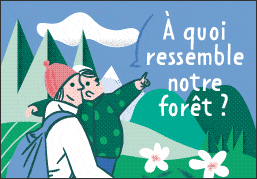
Choosing « sketchnoting »
Sketchnoting is a visual note-taking technique combining texts and drawings. Creative and fun, it is very effective to explain complex ideas. Sketchnoting is particularly characterized by the fact that it can be made on the spot, to demonstrate an explanation. For example, the sketchnote below was made for EDF. The purpose of this image is to show the expertise of the company on local multi-energy systems, by playing with its well-known logo. The drawing is simple, colourful and easy to read. This illustration has the advantage of being understood both by an informed internal audience and by less specialized decision-makers.
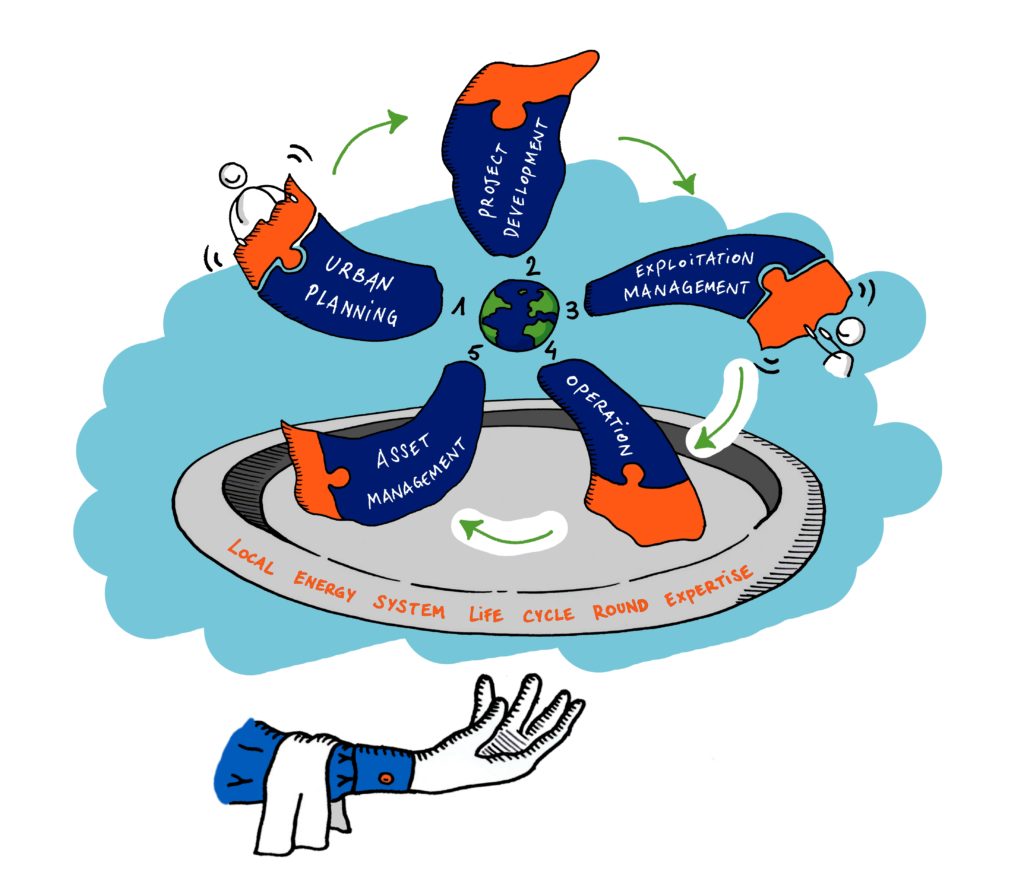
Calling on an illustrator
Researchers can make their own science illustrations or call upon a science illustrator. This collaboration requires the definition of a design brief describing the visual to create with the help of text and possibly a sketch. For a moving image, we recommend you detail the various steps of the animation with a scenario.
As part of our services, Agent Majeur creates 2D & 3D science illustrations (contact us).
> Graphic design
08/09/2021
